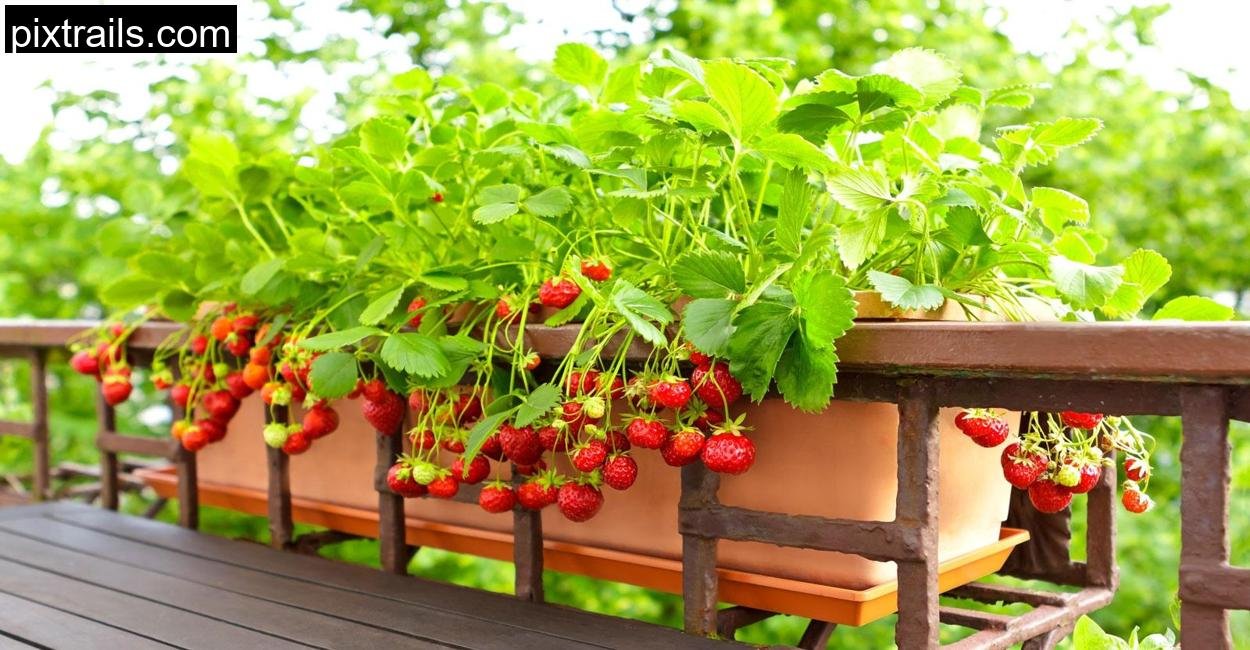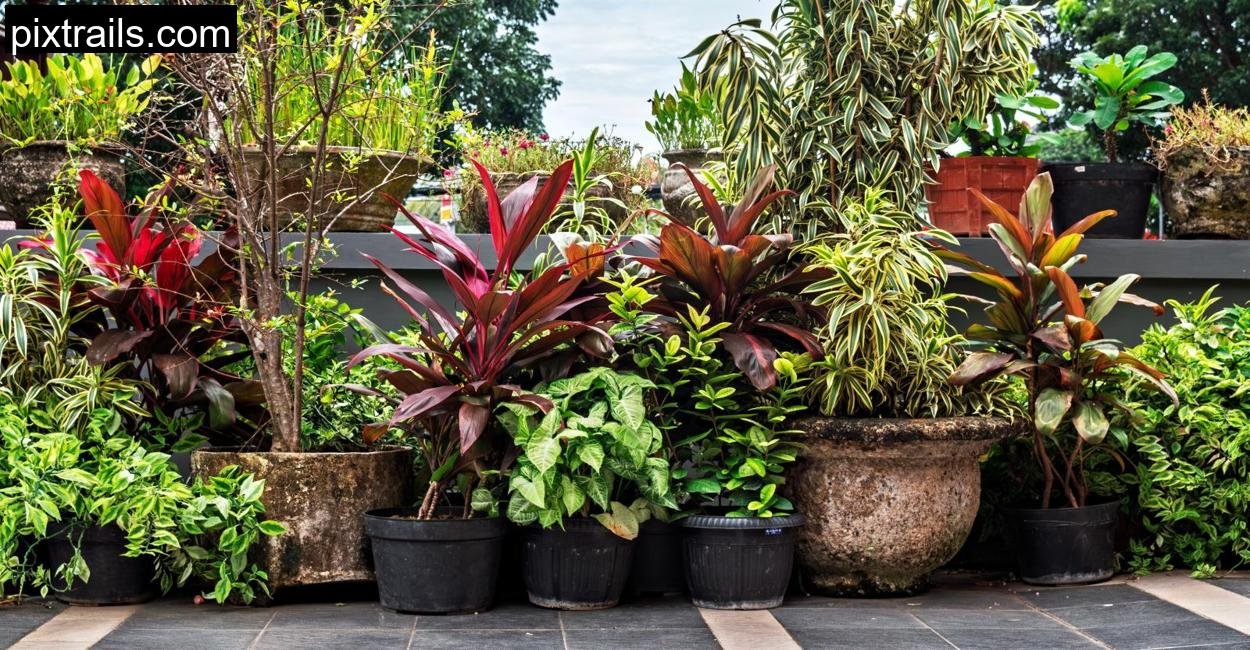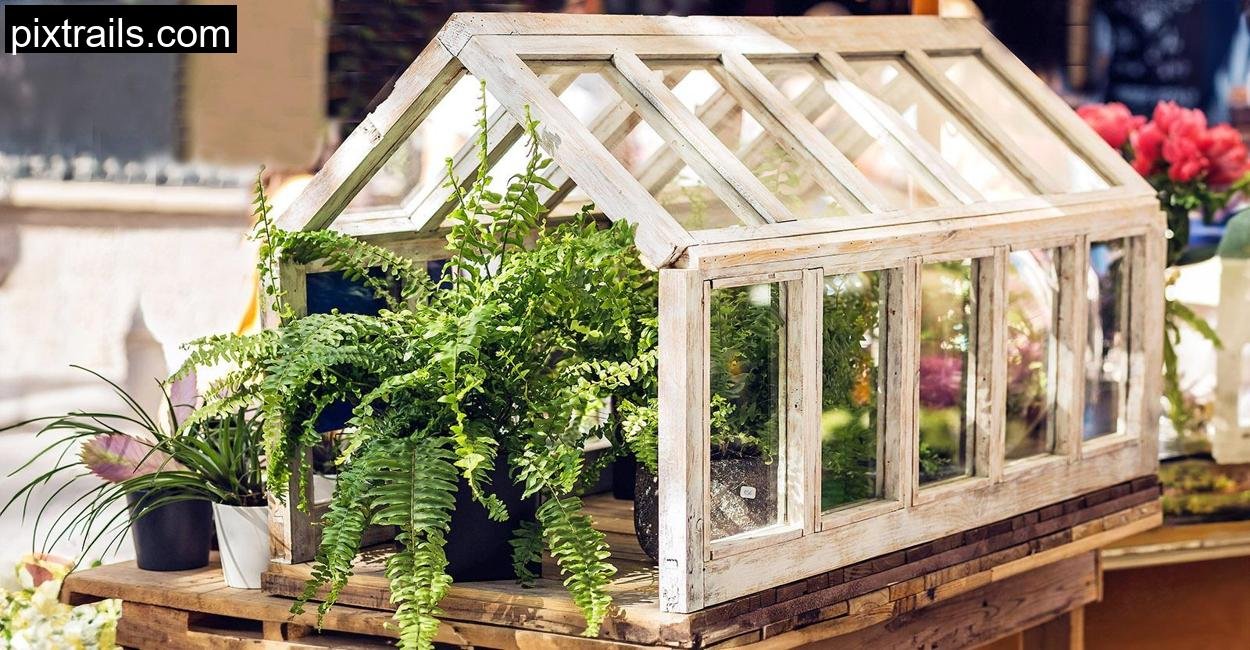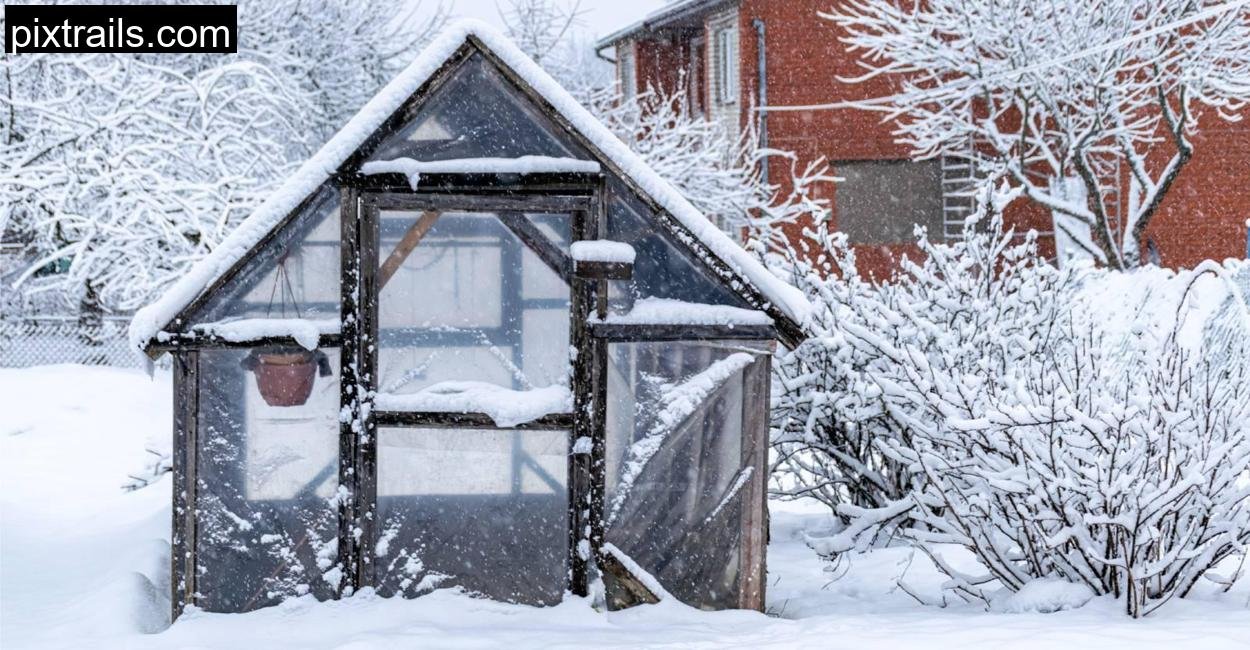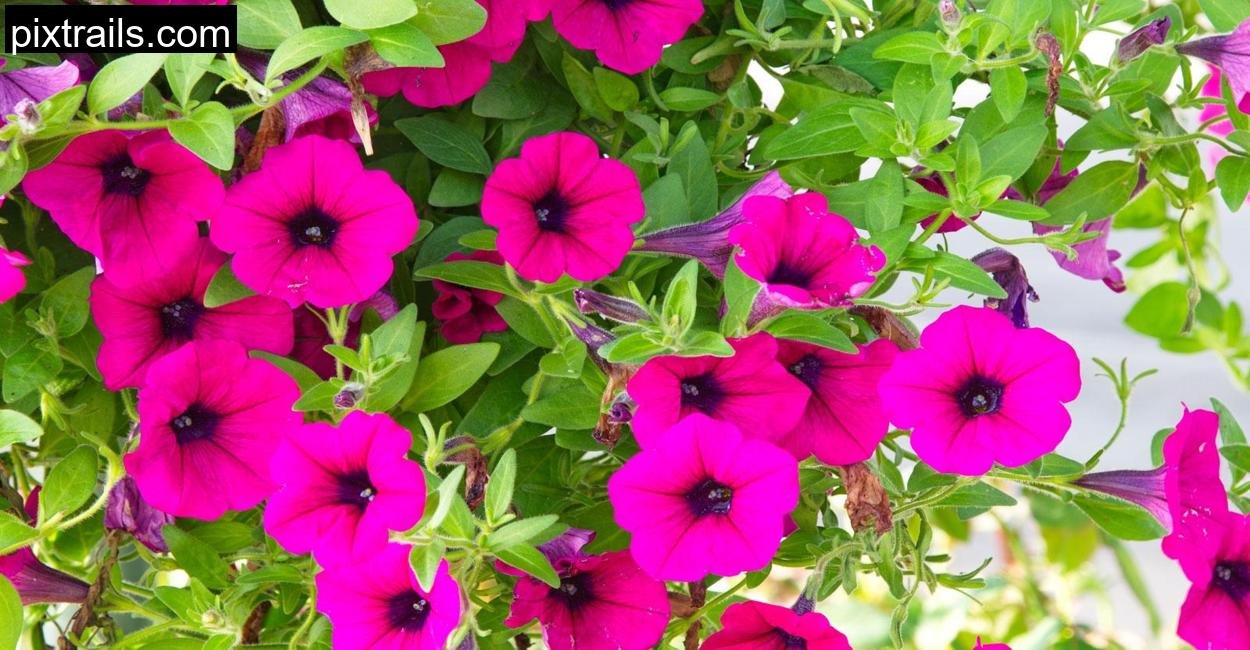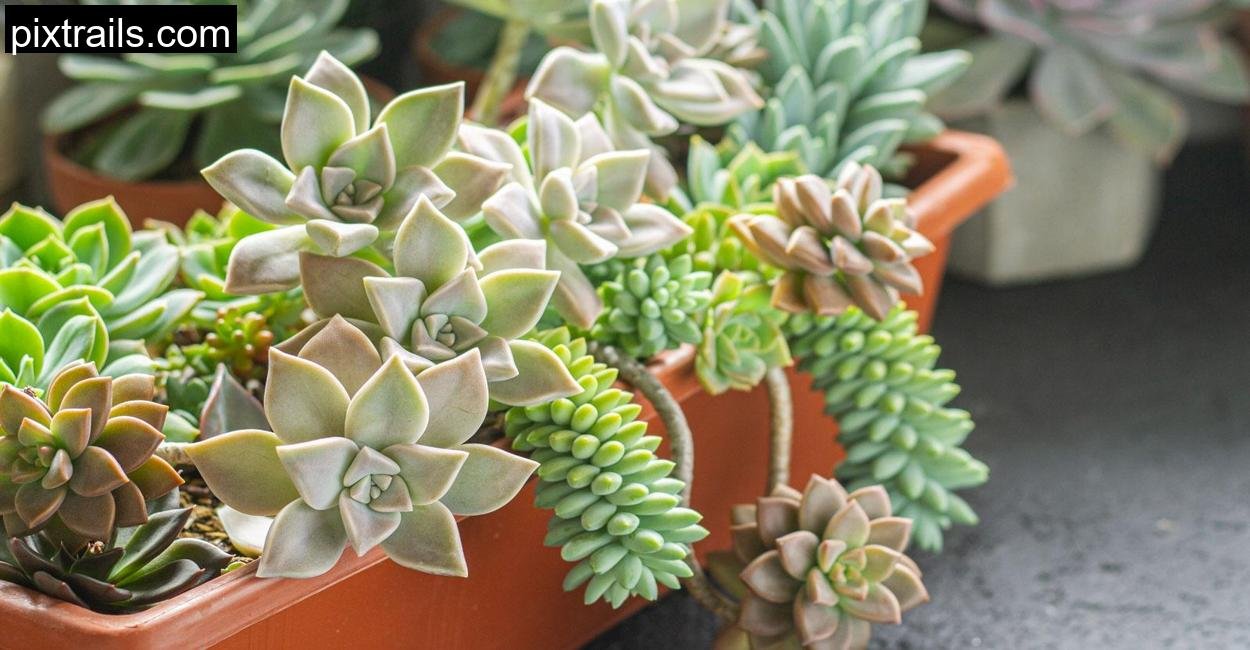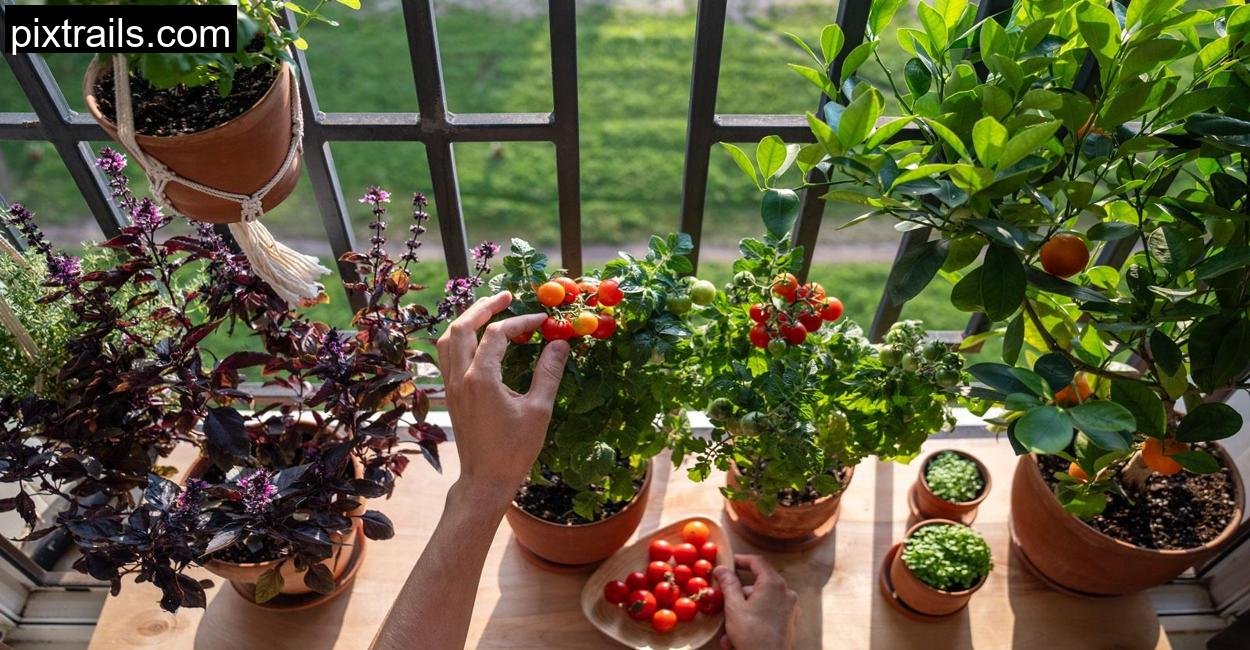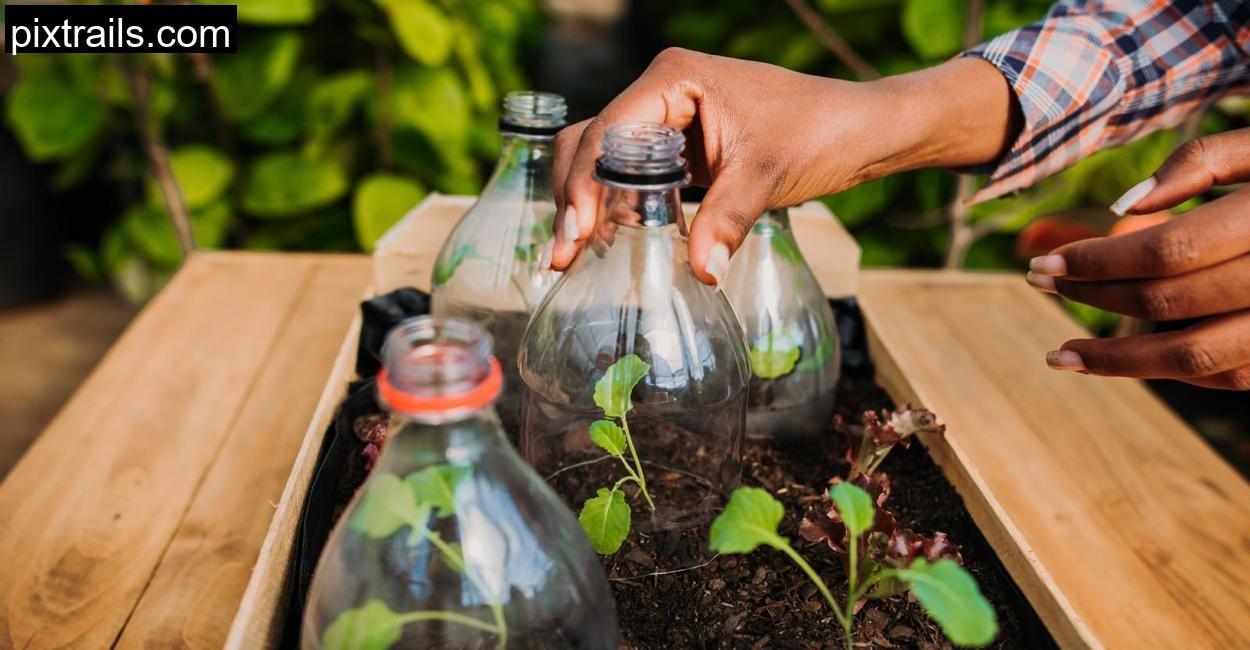When I moved into my small apartment in the heart of the city, I knew I would miss the lush, sprawling garden I had grown up with. My new reality was a compact balcony, just 6 feet by 4 feet, overlooking a concrete jungle. Initially, it felt like a compromise, but I was determined to nurture my love for gardening in this tiny space. That’s when my journey into balcony gardening began.
I had no idea what I was doing at first. I killed my first basil plant within a week and flooded a plastic pot of succulents because I didn’t consider drainage. But every mistake was a lesson, and over time, I discovered six types of planter boxes and containers that not only worked best for my plants but also for my lifestyle.
Plastic Pots: The Beginner’s Best Friend

My very first successful attempt at growing something, anything, was with plastic pots. I picked them up from a local gardening store because they were affordable and lightweight. These were perfect for someone like me who had no clue about balcony weight limits or proper irrigation.
I started with simple herbs: mint, thyme, and parsley. I learned quickly that plastic doesn’t dry out as fast as terracotta, which meant I wasn’t overwatering my plants. I even bought a self-watering plastic pot for my basil plant (redemption!), and it thrived.
One tip: Always check for drainage holes at the bottom. I learned this the hard way after one pot didn’t have any, and my rosemary plant succumbed to root rot.
Terracotta Pots: Rustic Charm with a Catch

After gaining a bit of confidence, I wanted something more aesthetically pleasing. Terracotta pots gave my balcony that rustic, Mediterranean feel. I used them for succulents and cacti since they provided excellent drainage.
However, they were heavy, especially once filled with soil and plants. I could only use a few, and I had to be cautious not to exceed the weight limit of my balcony. But for windier days, they were perfect. No more chasing down rolling pots!
I grouped a few along the edge of my balcony and added some trailing plants like string of pearls and donkey’s tail. It transformed the space into a mini oasis.
Fabric Pots: The Unsung Hero for Vegetables

I discovered fabric grow bags when I wanted to try growing vegetables. Honestly, I was skeptical at first. Fabric seemed so… flimsy. But wow, was I wrong.
They were breathable, easy to move, and came in multiple sizes. I used a few five-gallon bags to grow cherry tomatoes and even gave potatoes a shot. The airflow to the roots really made a difference in the growth.
A little downside: they’re not the prettiest. So I got creative and placed them inside wicker baskets to disguise the utilitarian look. Problem solved!
Planter Boxes: Maximizing the Railing Space

I had always admired those cute little window boxes bursting with flowers in European cities. So I bought a couple of wooden planter boxes designed to hang on the balcony railing.
Instant game-changer.
I filled them with colorful petunias, trailing ivy, and even some marigolds to ward off pests. They didn’t take up any floor space, which was critical on my tiny balcony. Plus, they gave me that much-needed pop of color.
Pro tip: Make sure they are securely fastened. One of mine almost tipped over during a storm. After that, I reinforced all of them with brackets.
Vertical Planters: The Space Saver
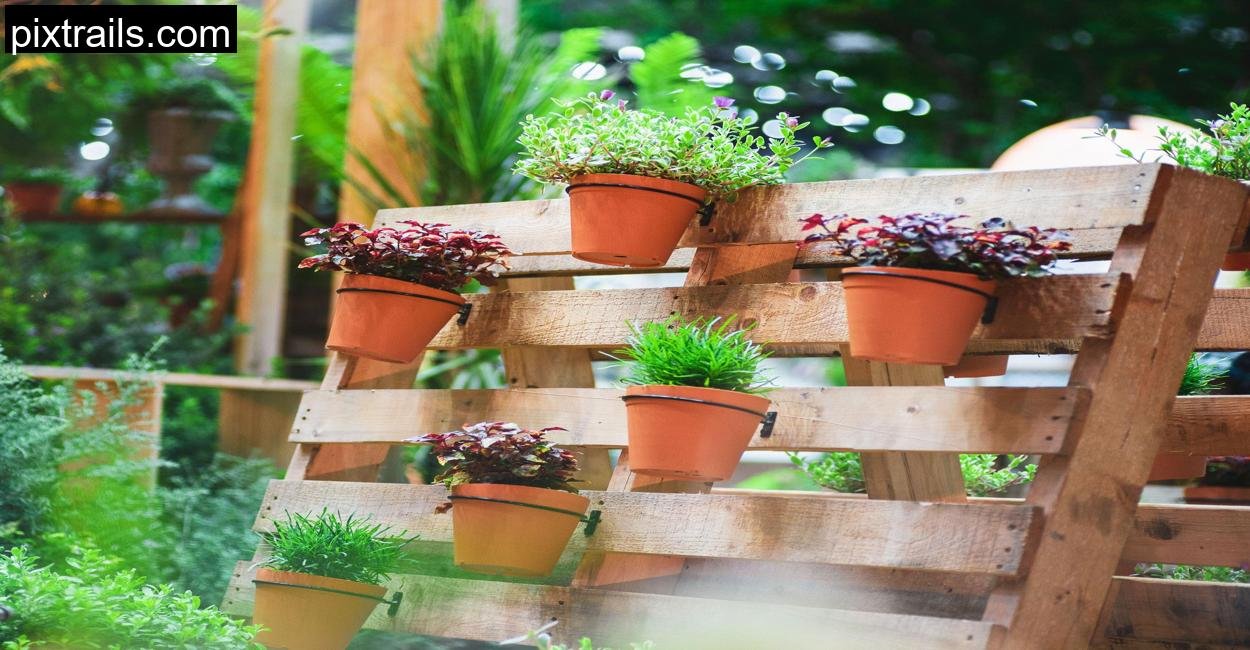
When I ran out of floor and railing space, I looked up, literally. Vertical planters and plant stands became my next best friends.
I bought a vertical shelving unit and turned it into a mini herb garden. Basil, oregano, and cilantro all in one compact spot. I also added a trellis to one of my containers to support a climbing jasmine plant. The fragrance in the evenings was heavenly.
What I loved most about vertical planters was the layering effect. It added depth and dimension to my balcony, making it feel larger and more like a real garden.
Metal & Wire Containers: Stylish but Tricky
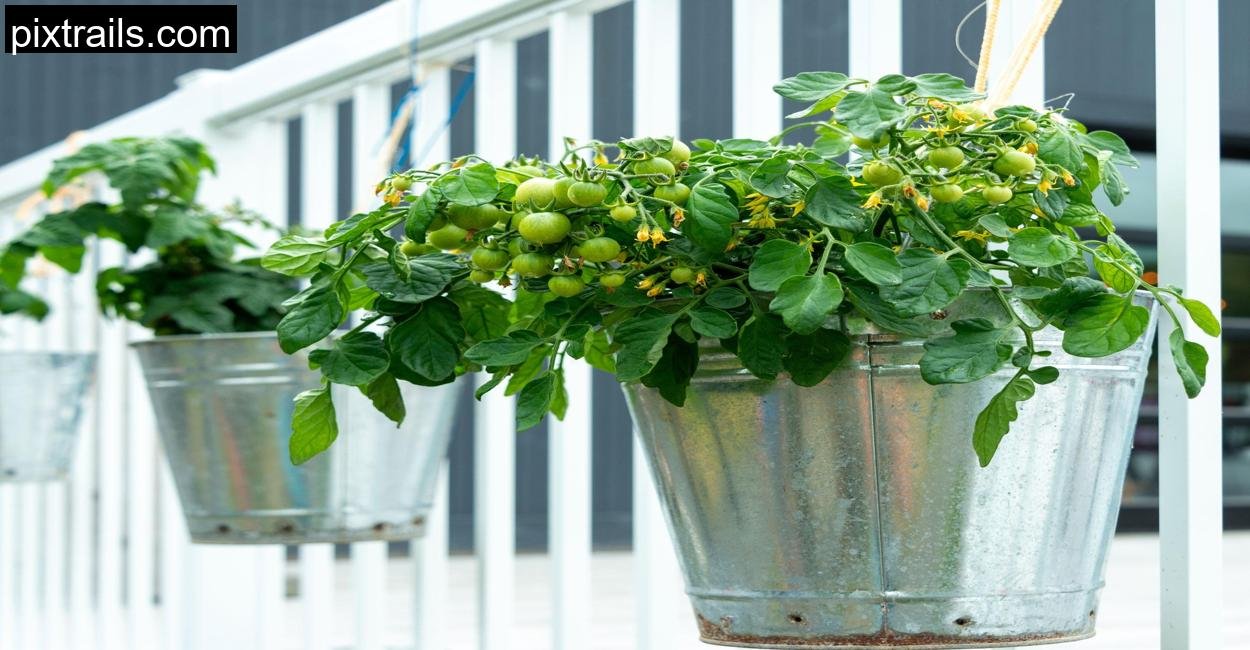
My final foray was into metal and wire containers. I loved their industrial aesthetic and the fact that they were lightweight. I used coir-lined hanging wire baskets to grow trailing plants like lobelia and verbena.
But they dried out so fast! I had to water them almost daily in the summer. I eventually lined them with a double layer of coir and added some water-retaining crystals to the soil, which helped a lot.
Despite the extra maintenance, they added a unique charm to my balcony garden and were worth the effort.
Lessons Learned
Over the course of a year, I turned my gray, uninspired balcony into a thriving green space filled with edible herbs, cheerful flowers, and lush greenery. It became my sanctuary, a place to sip morning coffee and unwind after work.
I learned that the key to successful balcony gardening isn’t just the plants, it’s choosing the right containers. Each type has its pros and cons, but when used wisely, they can help you create a beautiful, functional garden in even the smallest of spaces.
Final Thoughts
Balcony gardening taught me patience, creativity, and resilience. It wasn’t just about growing plants, it was about growing myself. If you’re thinking about starting your own balcony garden, don’t wait. Start small, learn as you go, and most importantly, enjoy the journey.
Because even the tiniest balcony can bloom into a personal paradise.
How important is water retention to pot selection?
Very important. Plants in containers dry out faster than in-ground plants. Choose pots with proper drainage and consider self-watering options or water-retaining soil additives to maintain moisture.
Which containers are best for narrow balcony spaces?
Narrow or railing planter boxes are ideal for small spaces. They utilize vertical space and don’t take up valuable floor space. Just ensure they are securely fastened to avoid accidents.
Are fabric pots durable?
Yes, fabric pots are surprisingly durable and excellent for vegetables. They allow airflow to the roots and are easy to move. However, they may not be the most attractive, so consider placing them in decorative baskets.
